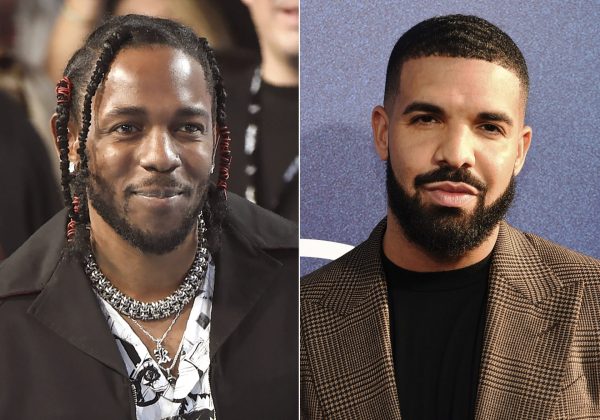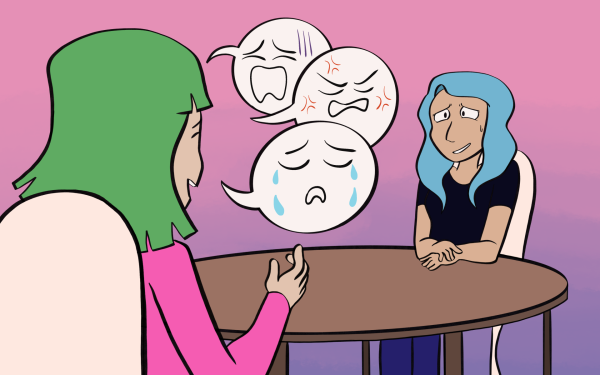COLUMN: I feel unsafe wearing my cultural clothes in public
Nation and World Editor Ruchi Nawathe drapes her saree.
As a child of Indian immigrants living in the San Francisco Bay Area, I grew up very used to the fact that the culture inside my home was different from the culture outside it. I understood from a very young age that when I was outside the home, I had to behave differently.
I was never taught what the shift in language and behavior in different ethnic groups, or code switching is, or that I needed to code switch if I wanted to participate fully in American culture. As far back as I can remember, I have inherently felt the need to behave “American,” demure and feminine, in public, despite growing up in a multicultural part of the country with a large Indian population.
A large part of this assimilation was dressing in Western clothing like jeans, t-shirts, skirts and sweaters. When my parents grew up in Mumbai, the standard for Indian women was to wear a saree or a kurta pajama daily. My own mother used to wear a kurta daily until she immigrated to the U.S. in the early 1990s.
Indian clothes were always worn for special occasions in my home. Whenever we had a pooja, a party or a wedding, I would get so excited that I could finally wear my beautiful beaded skirts and blouses, because, no matter how itchy and uncomfortable they were, nothing made me feel prettier.
Most Indian clothes are made for their wearer. People will buy natural fabrics and send them to a tailor who will sew the clothing to the wearers exact measurements with plenty of allowance for alteration. Even in shops where people can buy ready to wear clothes, there is always a tailor in-store who will adjust the clothes to the customer’s specifications. This local, sustainable and affordable form of fashion is the standard in India, keeping the fast fashion industry in check.
I have an entire closet full of beautiful Indian clothes that were made to fit me, yet I can never wear them outside while I am in the United States. Despite feeling more comfortable and classy in my Indian clothing than in anything else, I cannot help but feel exposed, like a spectacle, when I wear Indian clothes out in public.
During fall quarter, I had to film a video for a The DePaulia article I wrote about the religious holiday Navratri, celebrating the Hindu goddess Durga. I remember getting dressed in my least traditional, most Western-friendly kurta with black leggings and heading over to Lincoln Park via the Red Line. The entire time I was in public, I was hyper aware of the fact that people were whipping their heads around with wide eyes to get a good look at me, staring me down from afar, following my movement with their eyes.
Around Diwali, the Hindu festival of lights, my friend and I got dressed in sarees to attend a Diwali party, and we both saw how people either blatantly stared at us or very pointedly looked away from us. For some reason, it stung a little more when they looked away. Most likely, the people that looked away were trying to be polite, but it made me feel more ostracized and foreign than if they had gawked.
When I wear my Western clothing, I look ethnically ambiguous. I easily blend in with the American masses. In my Indian clothes, however, I am un-American, a non-Christian foreigner who sticks out of the crowd, who does not belong to this country, who needs to learn how to assimilate.
The United States was founded off immigration. American culture is the clashing of so many different cultures, yet I feel like I have to give up part of my culture and identity in order to make Americans comfortable.
My clothes are an important part of not only my personality, but my culture and the way that I express it. As much as I love Western fashion, it hurts that I don’t feel safe wearing anything else in public.












